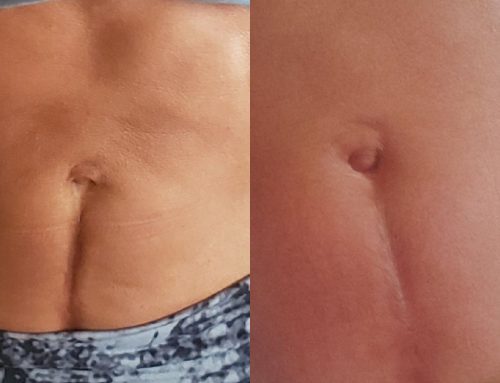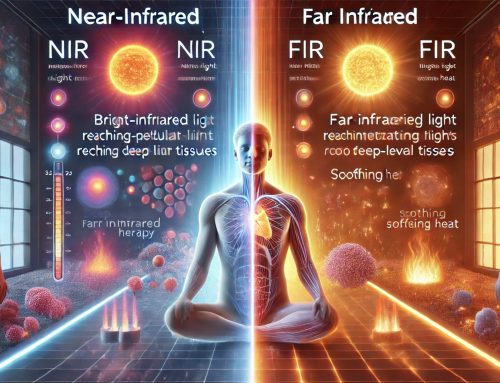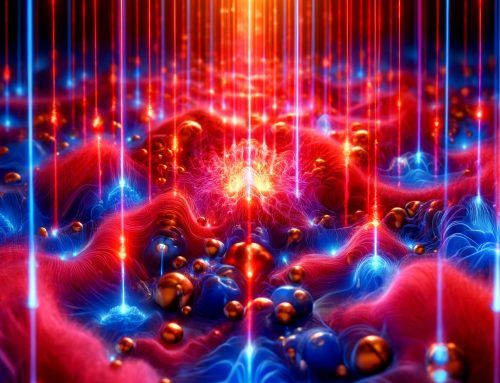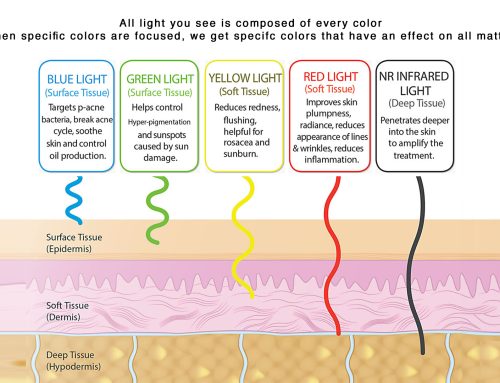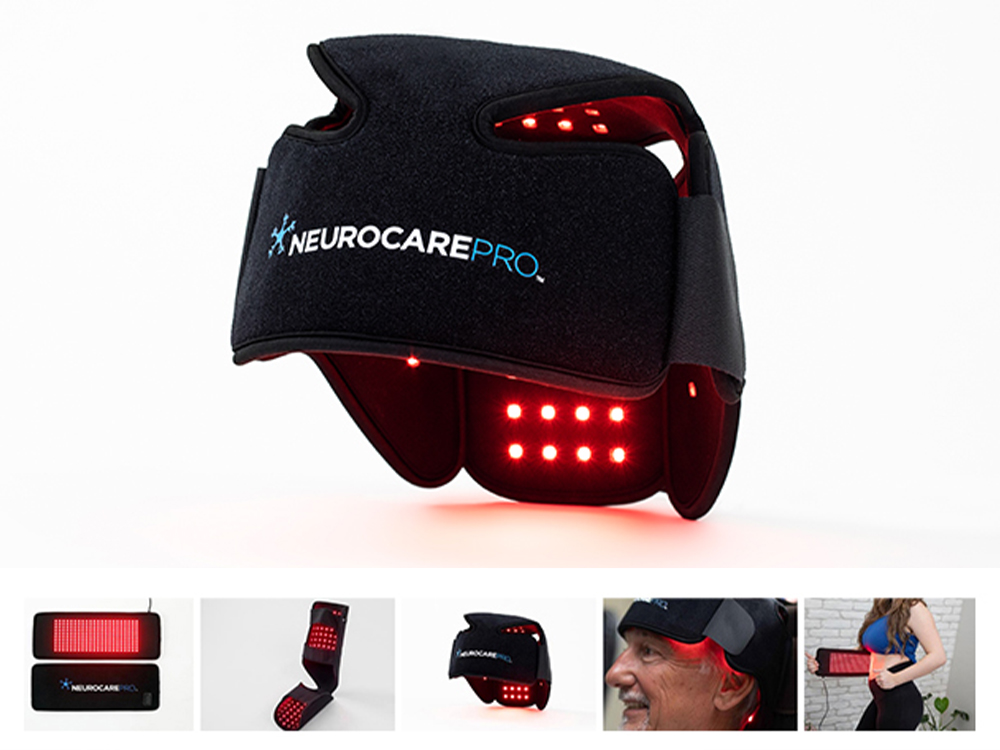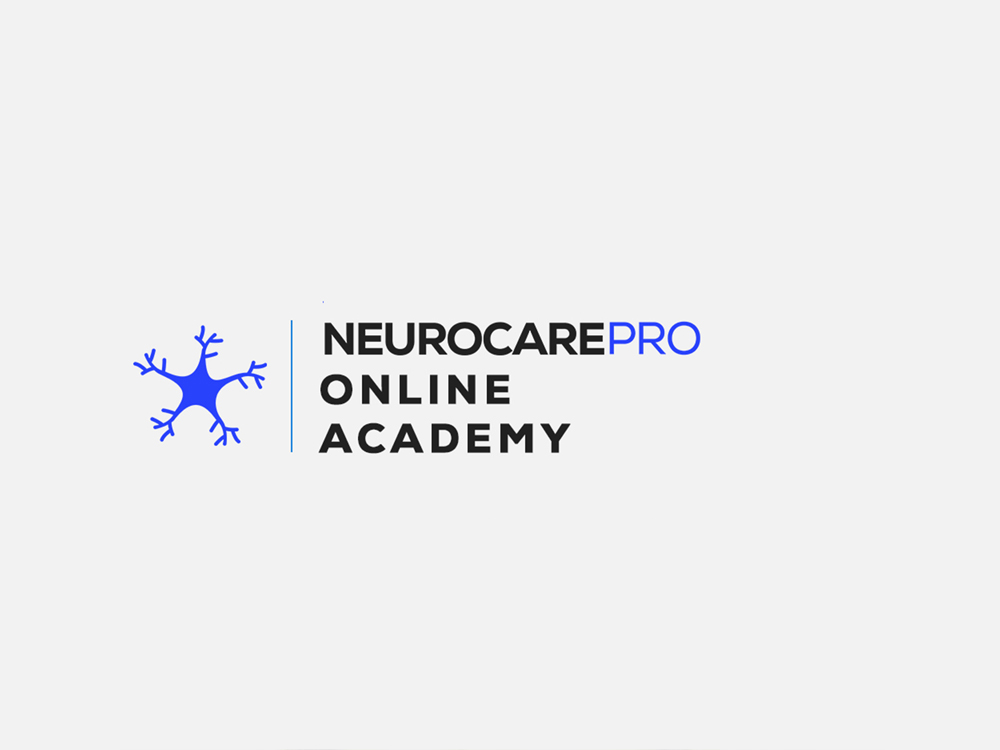What is Red Light Therapy?
Table of Contents
- Maximizing Health Benefits: The Comprehensive Guide to What is Red Light Therapy
- How did Red Light Therapy even begin?
- The Mechanism Behind Red Light Therapy
- Skin Health and Anti-Aging Benefits
- Accelerating Healing and Reducing Inflammation
- Enhancing Mental Well-being with Red Light Therapy
- Red Light Therapy in Pain Management
- Optimizing Athletic Performance and Recovery
- RLT for Improved Sleep Quality
- Safety and Accessibility of Red Light Therapy
- Choosing the Right Red Light Therapy Device
- Integrating Red Light Therapy into Daily Routine
- The Future of Red Light Therapy
- User Testimonials and Success Stories
- FAQs About Red Light Therapy
Maximizing Health Benefits: The Comprehensive Guide to What is Red Light Therapy
Red Light Therapy (RLT), also known as Low-Level Laser Therapy (LLLT), harnesses specific wavelengths of red and near-infrared light to initiate biological changes within the body.
This form of therapy, rooted in decades of clinical research, utilizes low-level wavelengths to penetrate the skin, offering a therapeutic solution to various health concerns without any invasive procedures.
Red light therapy is known by several alternative names, each highlighting a different aspect of this versatile treatment:
- Low-Level Laser Light Therapy
- Low-Power Laser Therapy
- Non-Thermal LED Light Therapy
- Soft Laser Therapy
- Cold Laser Therapy
- Biostimulation or Photonic Stimulation
- Photobiomodulation
- Phototherapy
How did Red Light Therapy even begin?
The journey of red light therapy (RLT) began with NASA’s initial experiments using red light to foster plant growth in space and later to aid in healing astronauts’ wounds. This groundbreaking discovery led to exploring further potential applications.
Interestingly, red light therapy has gained substantial medical recognition, particularly in photodynamic therapy. This specific therapy utilizes low-power red laser light to activate a photosensitizer drug, initiating a chemical reaction that effectively targets and destroys cells. It’s an established treatment for various skin conditions, including skin cancer, psoriasis, acne, warts, and certain other cancers.
Currently, RLT is being explored and, in some cases, already implemented for a broad spectrum of health issues. However, the debate and uncertainty lie in evaluating the effectiveness of RLT for these diverse therapeutic purposes.
The Mechanism Behind Red Light Therapy
At the cellular level, red light photons absorb into the mitochondria and cell membranes, leading to a series of metabolic events. One primary effect is the increase in the production of adenosine triphosphate (ATP), which enhances cellular energy and promotes healing and regeneration processes.
Skin Health and Anti-Aging Benefits
One of the most notable applications of RLT is in dermatology. RLT aids in collagen production, crucial for maintaining skin elasticity and firmness. Regular use of RLT can result in diminished wrinkles, reduced signs of aging, and an overall improvement in skin tone and texture.
Accelerating Healing and Reducing Inflammation
RLT has shown efficacy in accelerating the healing process of wounds, burns, and scars. By reducing inflammation and increasing tissue regeneration, RLT assists in quicker recovery from various skin injuries and conditions.
Enhancing Mental Well-being with Red Light Therapy
Beyond physical health, RLT contributes to mental well-being. Exposure to red light has been found to have mood-lifting properties, potentially aiding in the treatment of conditions like Seasonal Affective Disorder (SAD).
Red Light Therapy in Pain Management
Another significant benefit of RLT is its role in pain management. It’s known to alleviate chronic pain conditions, including joint pain and muscle soreness, providing a non-pharmacological option for pain relief.
Optimizing Athletic Performance and Recovery
Athletes and fitness enthusiasts can leverage RLT for enhanced muscle recovery and performance. It aids in reducing muscle fatigue and soreness post-exercise, leading to improved athletic performance and quicker recovery times.
RLT for Improved Sleep Quality
RLT influences circadian rhythms and can improve sleep quality. The therapy is known to regulate melatonin production, assisting in establishing a healthier sleep cycle.
Safety and Accessibility of Red Light Therapy
Safety is paramount with RLT. Being non-invasive and free from UV radiation, RLT poses minimal risks, making it accessible for home use with the right equipment and guidelines.
Choosing the Right Red Light Therapy Device
Selecting an appropriate RLT device is crucial. Factors to consider include light wavelength, intensity, size, and FDA clearance. Professional consultation is recommended to determine the best fit based on individual needs.
Integrating Red Light Therapy into Daily Routine
Incorporating RLT into daily wellness routines can be simple and effective. Whether it’s through professional treatments or at-home devices, consistent use is key to reaping the maximum benefits.
The Future of Red Light Therapy
The potential of RLT is vast, with ongoing research delving into new applications and refining existing methodologies. The future of RLT holds promise for even broader therapeutic applications.
User Testimonials and Success Stories
Countless users have reported positive outcomes from using RLT, ranging from improved skin health to enhanced recovery and pain relief, further validating its effectiveness.
Conclusion: Red Light Therapy emerges as a versatile, safe, and effective treatment, offering a multitude of health benefits. As we continue to explore its potential, RLT stands out as a significant player in both preventative health and therapeutic treatments.
FAQs About Red Light Therapy
- What exactly does Red Light Therapy do? Red Light Therapy stimulates cellular processes that lead to improved skin health, accelerated healing, pain relief, and overall wellness enhancement.
- How often should I use Red Light Therapy for optimal results? The frequency of RLT sessions varies based on individual needs and conditions, with most recommendations ranging from two to five times per week.
- Is Red Light Therapy safe for all skin types? Yes, RLT is generally safe for all skin types, as it does not use harmful UV rays and is non-invasive.
- Can Red Light Therapy help with chronic pain? Yes, RLT is effective in managing chronic pain, including joint and muscle pain, by reducing inflammation and promoting healing.
- Does Red Light Therapy have any side effects? RLT has minimal side effects, making it a safe option for many. However, consulting with a healthcare provider before beginning treatment is always advisable.
- How long does it take to see results from Red Light Therapy? Results can vary,
If you have any other questions feel free to contact us for more information and how Neurocare Pro can potentially benefit you.
Visit Our Learning Center:
https://neurocarepro.com/learning-center/
Visit our YouTube page for more:
https://www.youtube.com/@neurocarepro
About Neurocare Pro
Neurocare Pro has established itself as a frontrunner in the realms of photobiomodulation, light therapy, and red light therapy, primarily through its range of FDA registered Class II medical devices. These innovative products are not only a testament to the company’s commitment to quality and safety but also reflect its dedication to pioneering advanced therapeutic solutions. By integrating the latest scientific research and technological advancements in light therapy, Neurocare Pro’s devices offer targeted, non-invasive treatments that harness the power of light for healing and rejuvenation. Their FDA registration underlines the rigorous testing and compliance standards they have met, instilling confidence in both healthcare professionals and patients. This distinction positions Neurocare Pro at the forefront of a rapidly evolving field, leading the way in providing effective, reliable, and cutting-edge treatments for a variety of health conditions. Their devices, widely recognized for their efficacy and innovation, are helping to shape the future of light therapy, offering new hope and improved quality of life for those seeking alternative and complementary therapeutic options.
Related Posts

I’m blown away from the results of this technology and how well this is working with our patients for brain care and peripheral neuropathy”

I’ve been using NeurocarePro for years, and their quality is always consistent. They have helped my practice with support. I highly recommend using NeurocarePro products and accessing their team of professionals for assistance with implementation and protocol needs.”

“UNBELIEVABLE Results!!! I purchased the 2-port controller with the lumbar pad from my doctor in hopes for improving the appearance of a 30yr old keloid scar on my stomach (it was raised & discolored) I am over the moon thrilled with the results. It has not only smoothed out to my skin surface but has completely returned to my original skin tone. I have actually had surgery to revise this incision with zero results, so as you can imagine Neurocare Pro therapy has provided me with a small miracle. Cannot thank you enough.“

“I was in a car accident where I suffered head trauma and applied Neurocare Pro products and protocols and it has been an amazing journey to better health. I saw the results happen to ME and became such a believer that I am now an advocate and affiliate of Neurocare Pro products myself!“
Neurocare Pro Academy
Discover our expanding library of courses and product support guides.

